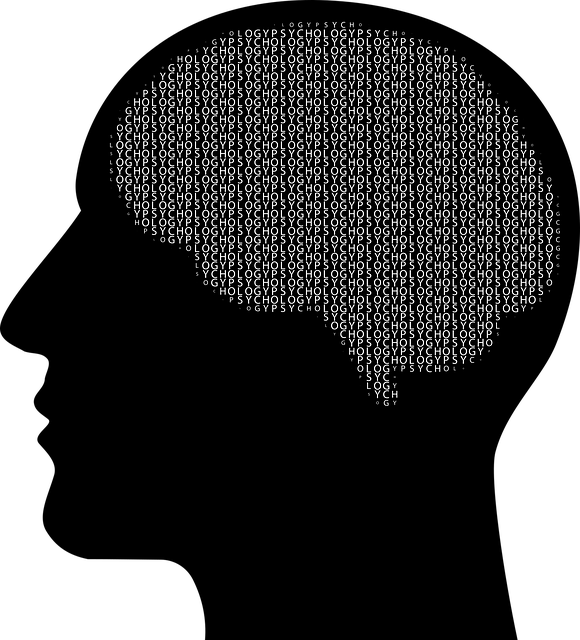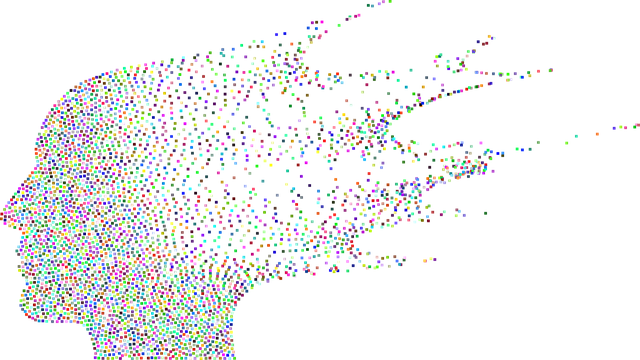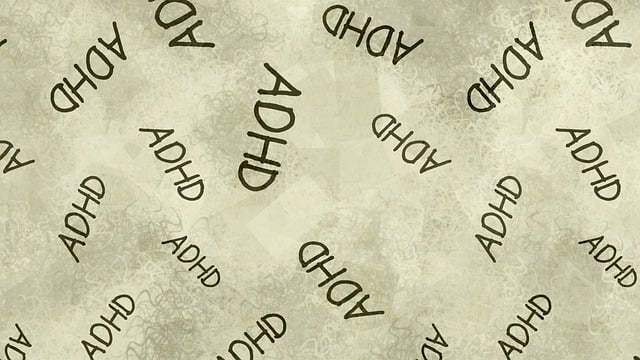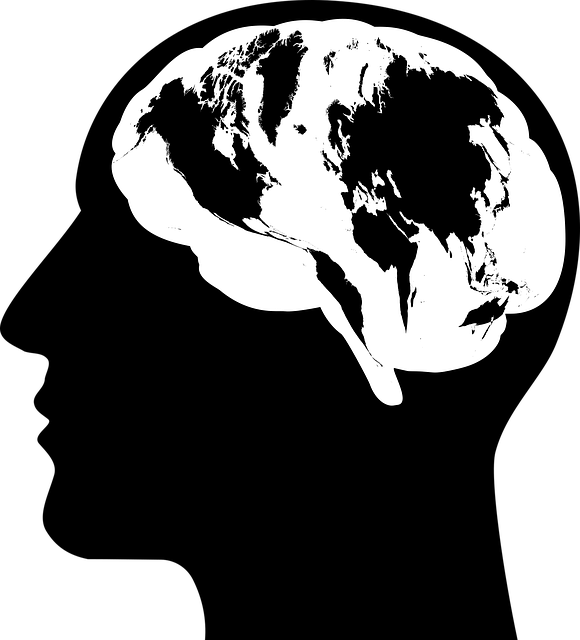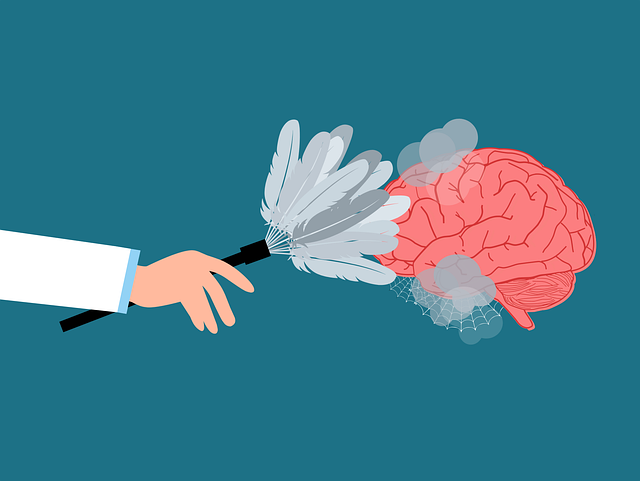Mental wellness involves emotional, psychological, and social well-being, influenced by experiences and stress. Recognizing its dynamic nature is key to fostering resilience and community involvement. Effective therapies like Centennial Post-Traumatic Stress Disorder (CPTSD) therapy manage conditions like anxiety, depression, and PTSD through techniques like journaling. Journaling offers a safe space for self-reflection, processing trauma, and developing coping strategies, benefiting CPTSD patients and mental wellness coaching programs. Structured journaling with tailored prompts enhances emotional well-being, provides progress tracking, and promotes healing in CPTSD therapy. Mindful journaling reduces stress and improves overall mental health when integrated into daily routines.
“Unwind your mind and embark on a journey of self-discovery with mental wellness journaling. This powerful exercise offers a therapeutic outlet, especially for those managing Centennial Post-Traumatic Stress Disorder (CPTSD). In this article, we explore the profound impact of journaling on mental health, delving into its role as a therapeutic tool to process trauma and promote healing. From understanding CPTSD’s unique challenges to creating a structured journal and employing effective techniques, discover how this simple practice can revolutionize your wellness journey.”
- Understanding Mental Wellness and its Impact
- Journaling as a Therapeutic Tool
- Centennial Post-Traumatic Stress Disorder (CPTSD) and Journaling
- Creating Your Journal: Setup and Structure
- Effective Techniques for Journaling Exercise
Understanding Mental Wellness and its Impact

Understanding mental wellness involves recognizing that it encompasses our emotional, psychological, and social well-being. It affects how we think, feel, and act in various aspects of life, including our relationships, work, and overall daily functioning. While many people associate mental health with the absence of illness or disorder, it’s a dynamic state that can fluctuate based on life experiences and stress levels. Mental wellness is crucial for navigating challenges and pursuing happiness; it enables individuals to develop resilience, foster healthy relationships, and make meaningful contributions to their communities.
The impact of poor mental wellness can be profound, leading to conditions such as anxiety disorders, depression, and even post-traumatic stress disorder (PTSD). Centennial PTSD therapy, among other therapeutic approaches, offers effective treatment methods for managing these conditions. Stress reduction techniques, communication strategies, and stigma reduction efforts play significant roles in promoting mental wellness. By understanding and addressing these aspects, individuals can enhance their overall well-being and cultivate a more balanced and fulfilling life.
Journaling as a Therapeutic Tool

Journaling has emerged as a powerful therapeutic tool, offering individuals a means to explore and express their thoughts, emotions, and experiences in a safe, private space. Through the act of writing, people can gain profound insights into their mental wellness, especially those who have experienced challenging life events or suffer from conditions like Centennial Post-Traumatic Stress Disorder (PTSD). This practice allows for self-reflection, helping individuals process traumatic memories, work through complex feelings, and develop coping strategies.
In the context of mental wellness coaching programs development, journaling can serve as a valuable assessment tool, providing coaches with an in-depth understanding of their clients’ journeys. It also plays a crucial role in risk management planning for mental health professionals, ensuring practitioners have access to accurate client histories and progress notes. Furthermore, encouraging individuals to engage in regular journaling practices may contribute to broader mental health policy analysis and advocacy efforts by highlighting the positive impact of self-expression on overall well-being.
Centennial Post-Traumatic Stress Disorder (CPTSD) and Journaling

Journaling has emerged as a powerful tool in the realm of Centennial Post-Traumatic Stress Disorder (CPTSD) therapy. For individuals navigating the complexities of CPTSD, dedicated mental wellness journaling exercises can offer a safe and therapeutic space to process traumatic experiences and emotions. By integrating this practice into their self-care routines, individuals can enhance their mood management strategies and prevent burnout, especially among healthcare providers who often bear witness to trauma.
Regular journaling allows for the expression of thoughts, feelings, and memories associated with traumatic events, fostering a sense of control and empowerment. This process encourages individuals to confront and reframe distressing experiences, ultimately contributing to improved mental wellness. In the context of CPTSD therapy, guidance on effective journaling techniques can be tailored to address specific challenges faced by those affected by trauma, forming a crucial component in their overall healing journey alongside traditional therapeutic interventions.
Creating Your Journal: Setup and Structure

Creating your mental wellness journal is a powerful act of self-care and an essential tool for Centennial Post-Traumatic Stress Disorder (PTSD) therapy. The setup and structure of this personal space can significantly impact its effectiveness. Consider designing it with your specific needs in mind, perhaps incorporating sections tailored to different aspects of your life and emotions. For instance, you might dedicate pages for tracking moods, jotting down self-compassion practices, or even sketching and writing about your experiences, which can be particularly therapeutic for processing trauma.
A structured approach, such as using prompts or guided exercises, can help navigate the process. Mental health education programs often emphasize the value of reflection, so you might include questions to encourage deeper insights. Over time, this practice will foster a sense of agency and provide valuable data for tracking your progress. Incorporating compassion cultivation practices in your journal entries can offer additional trauma support services, fostering resilience and emotional well-being.
Effective Techniques for Journaling Exercise

Journaling can be a powerful tool for enhancing mental wellness, offering individuals a safe space to process emotions and experiences. One effective technique is to start with a free-writing session, allowing thoughts to flow without judgment. This practice helps in identifying patterns and triggers associated with stress or even post-traumatic stress disorder (PTSD). For instance, a person struggling with Centennial PTSD might use journaling to track reoccurring nightmares, flashbacks, or triggers, which are essential steps in therapy.
Incorporating specific prompts can further elevate the journaling exercise. Questions like “What am I grateful for today?” or “How did I feel when facing a challenging situation?” encourage self-reflection and promote positive thinking. Over time, this practice can contribute to building resilience, enhancing coping mechanisms, and even preventing depression by fostering a sense of control and emotional awareness. Stress reduction methods, such as mindful journaling where one focuses on the present moment, are also valuable techniques that can be incorporated into daily routines for improved mental health.
Mental wellness journaling can be a powerful tool for self-discovery and healing, offering a safe space to explore thoughts and emotions. As discussed in this article, from understanding mental wellness to its impact on daily life, and leveraging journaling as therapeutic exercise, the practice has proven benefits, especially for those dealing with Centennial Post-Traumatic Stress Disorder (CPTSD). By creating a structured journal and employing effective techniques, individuals can enhance their mental well-being. This simple yet profound activity enables reflection, facilitates healing, and empowers personal growth.

